MUD! Kids love it and you can too.
You’re at the park with your child when they suddenly spot a puddle and start running toward it. Your natural instinct is to stop them. You might say, “We have to walk around the water today,” or, “We don’t play in mud puddles.” But why?
Children crave hands-on exploration, which is especially beneficial while their young brains are still under construction. When children explore the outdoors, they are able to learn first-hand how the world around them works. Puddles and mud offer a natural sensory activity. As they stir, pour, mix and create mud sculptures, their brains light up with discovery. From building focus to developing fine motor skills, mud is a great teacher and the perfect way to support brain development.
Gear Up
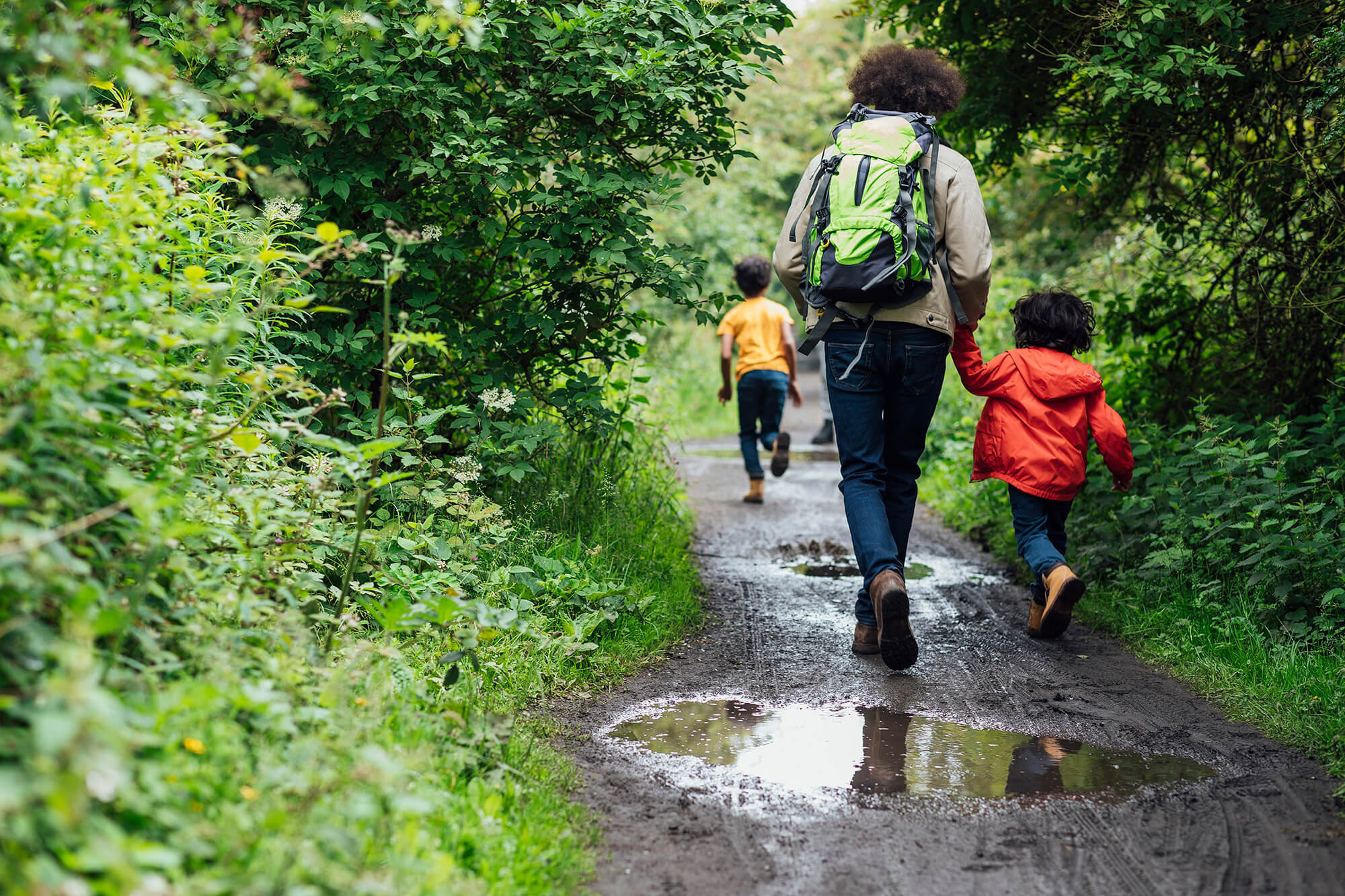
Mud is fun but does the thought of an extra load of laundry cause you to tell a child, “Sorry, no puddles today.” What if I could wave a magic wand and make the mess disappear? How would your reaction to mud change?
Unfortunately, I can’t make the mess disappear. But, there are things you can do to minimize it!
- Rain gear and boots: Good gear will protect clothes from getting wet and relieve the headache of cleaning muddy shoes. You can find rain gear everywhere from your local thrift store or community “Buy Nothing” groups to online retailers. If you can, treat yourself and get your child a pair of rain pants, too!
- Reusable bag: When you go exploring, pack a reusable bag. When your child is done playing in the mud, they can change out of their wet clothes, throw the messy stuff into the bag, and they’re ready to head home in clean, dry attire.
- Towel: After your child has played in mud, it’s likely their hands are a little muddy. By bringing a towel, they can wipe their hands dry. If you forget a towel, grass works wonders to clean muddy hands!
- Clothes drying rack: When you get home, your child can help hang their muddy, wet clothes on a drying rack. Resist the urge to wash their rain gear; it can lose its waterproofing when washed too frequently. Once gear is dry, brush off loose dirt and return it to your reusable bag.
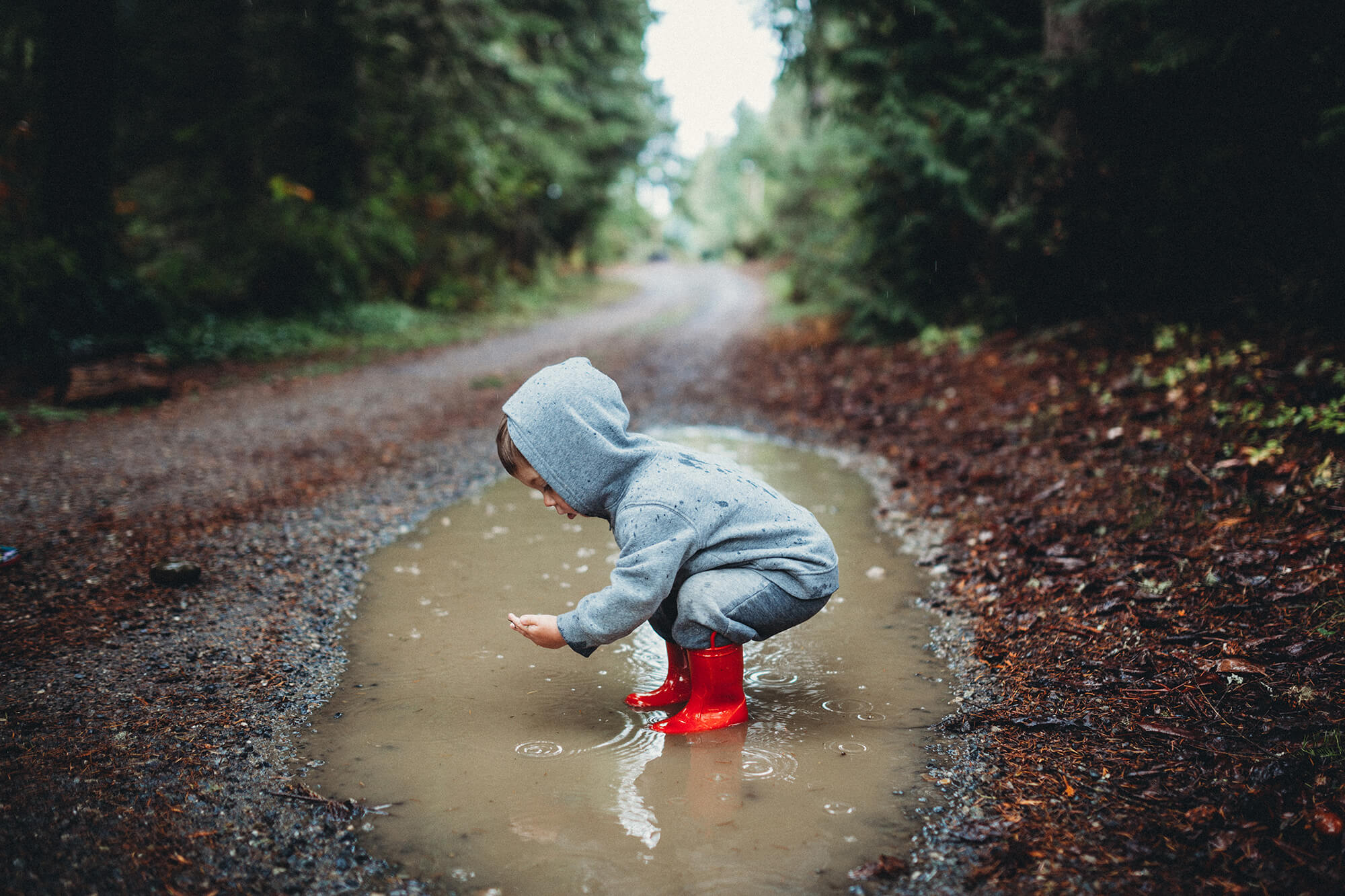
Jump In
As a nature preschool teacher, I spend a lot of time near puddles. We sometimes take a walk to explore what the rain has left for us. If you are wondering what to bring to help encourage learning, here are a few of my favorites:
- Sand toys: Buckets, shovels and funnels will help your child develop important midline crossing skills, improve hand eye coordination, and strengthen gross motor skills.
- Measuring cups and spoons: These can help bring math concepts into mud play.
- Pots, pans and spoons: To support imaginative play
- Natural loose parts: Children can use sticks, leaves, etc. to add art to their mud creations.
- Boats and other things that float: Science skills develop naturally as kids watch their materials float or sink.
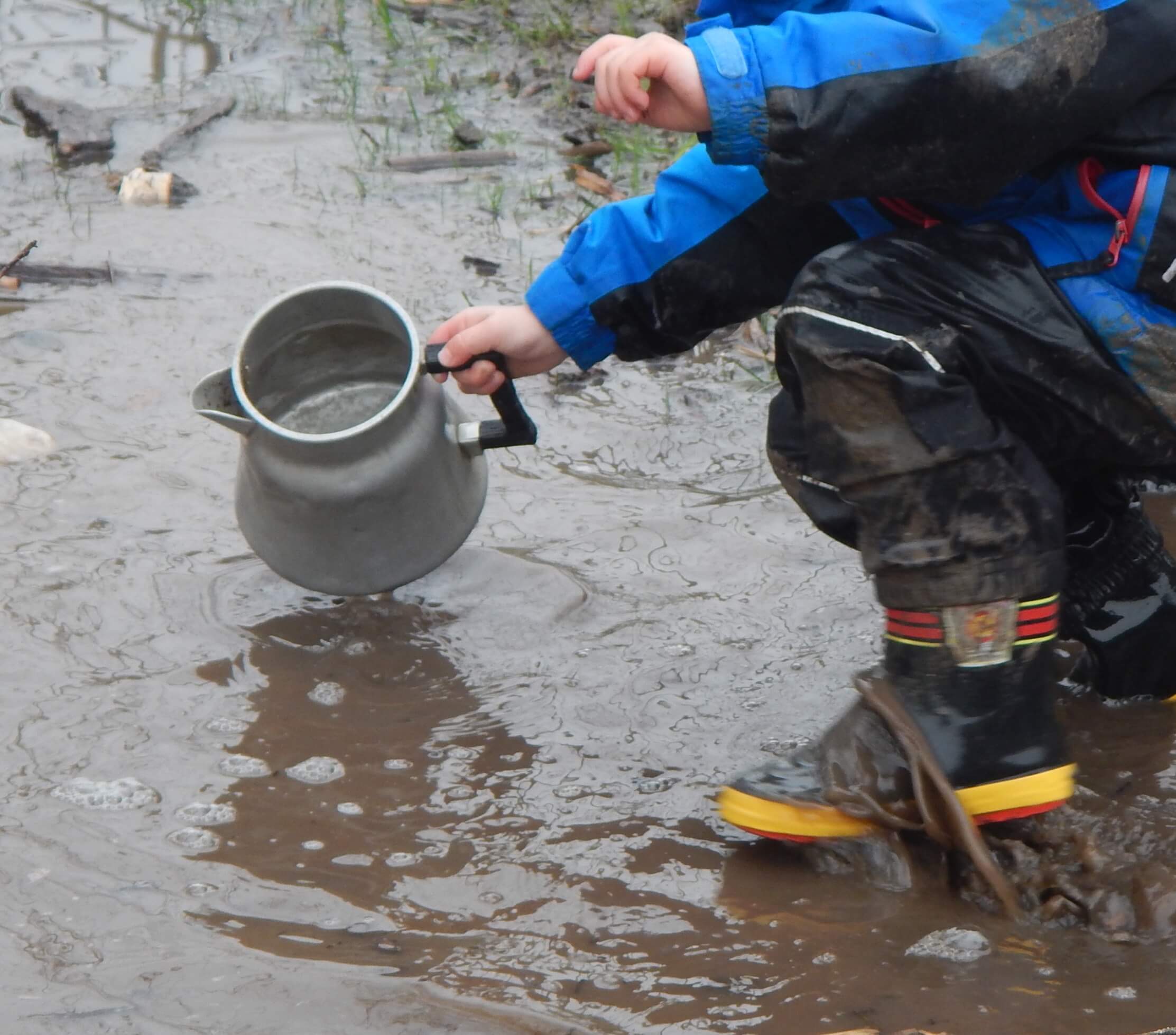
Photo by Jenny Leibham
When children engage in these ways, their brains stay focused and they can soak up all kinds of new information, just by playing in mud. Lean into that! We want kids to learn and develop in hands-on ways, and mud is such a supportive teacher.
Engage
This is all great, but what happens when a child starts using mud in unexpected ways? The number one thing to remember is to stay calm in moments that test our boundaries. Look deep! Find your inner yogi. When adults stay calm, we help children regulate their bodies so they can manage their own emotions and responses.
I don’t know about you, but when I say, “No!” “Don’t!” “Stop!” and “Can’t,” I start feeling frustrated that I have to keep saying the same thing over and over again. Instead, you can shift your word choices to what you want the child to do and give them an alternative activity.
Instead of, “Stop throwing mud,” try, “I notice that mud is flying everywhere. We can keep soil on the ground. Can you show me how we can scoop soil?”
Instead of, “Stop splashing me!” try “I don’t want to be splashed. I am going to move my body away from you so that you can keep splashing and I can keep my body away from the splashes.”
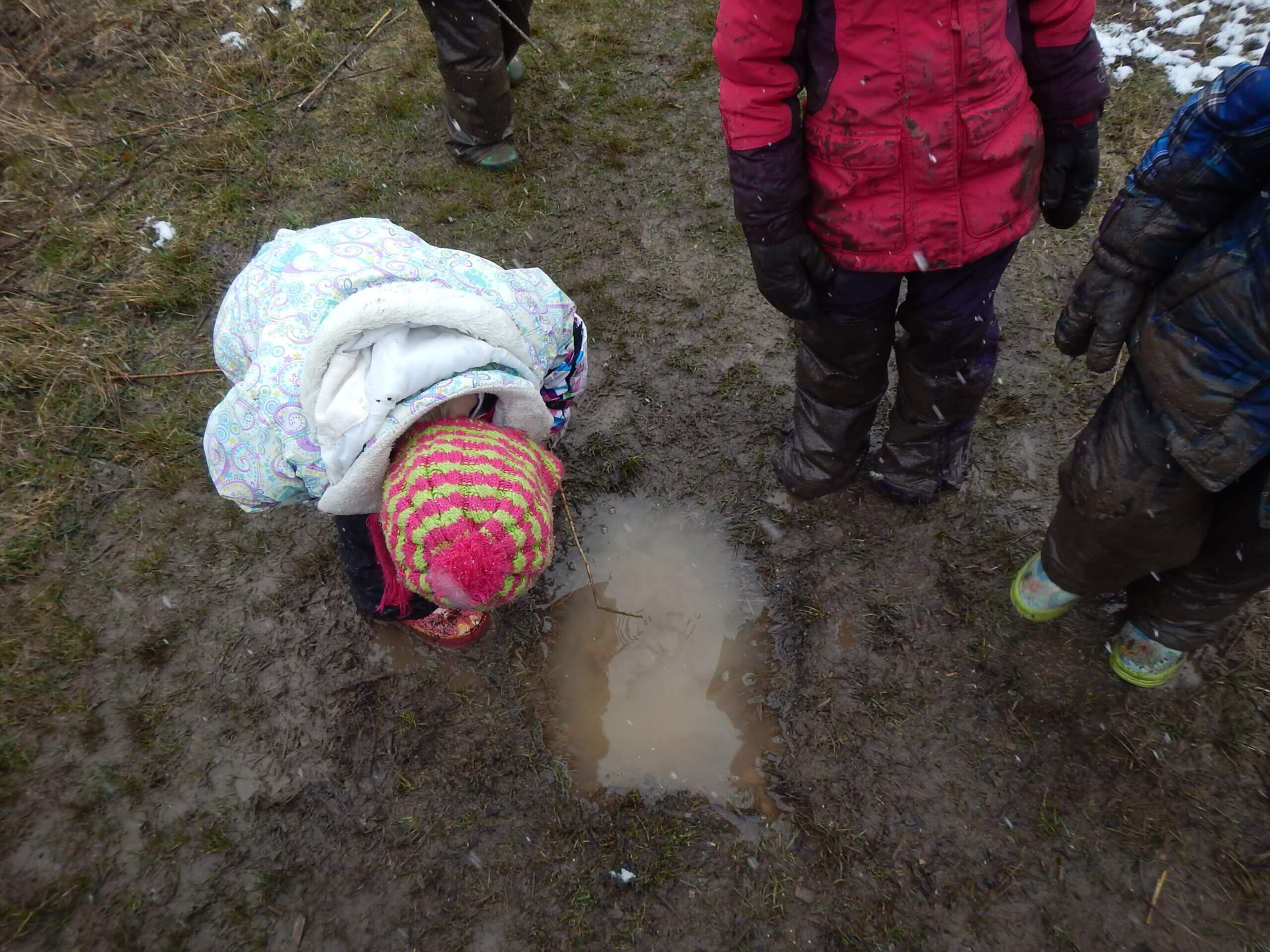
Photo by Jenny Leibham
Climb Out
Mud brings joy and sparks wonder. I see it every day in my classroom. The smiles, the laughter and the learning that happens as mud pies are being shared. Children are learning new skills and we are learning how to support them outdoors. Mud will always be there to teach us to let go and let joy in.
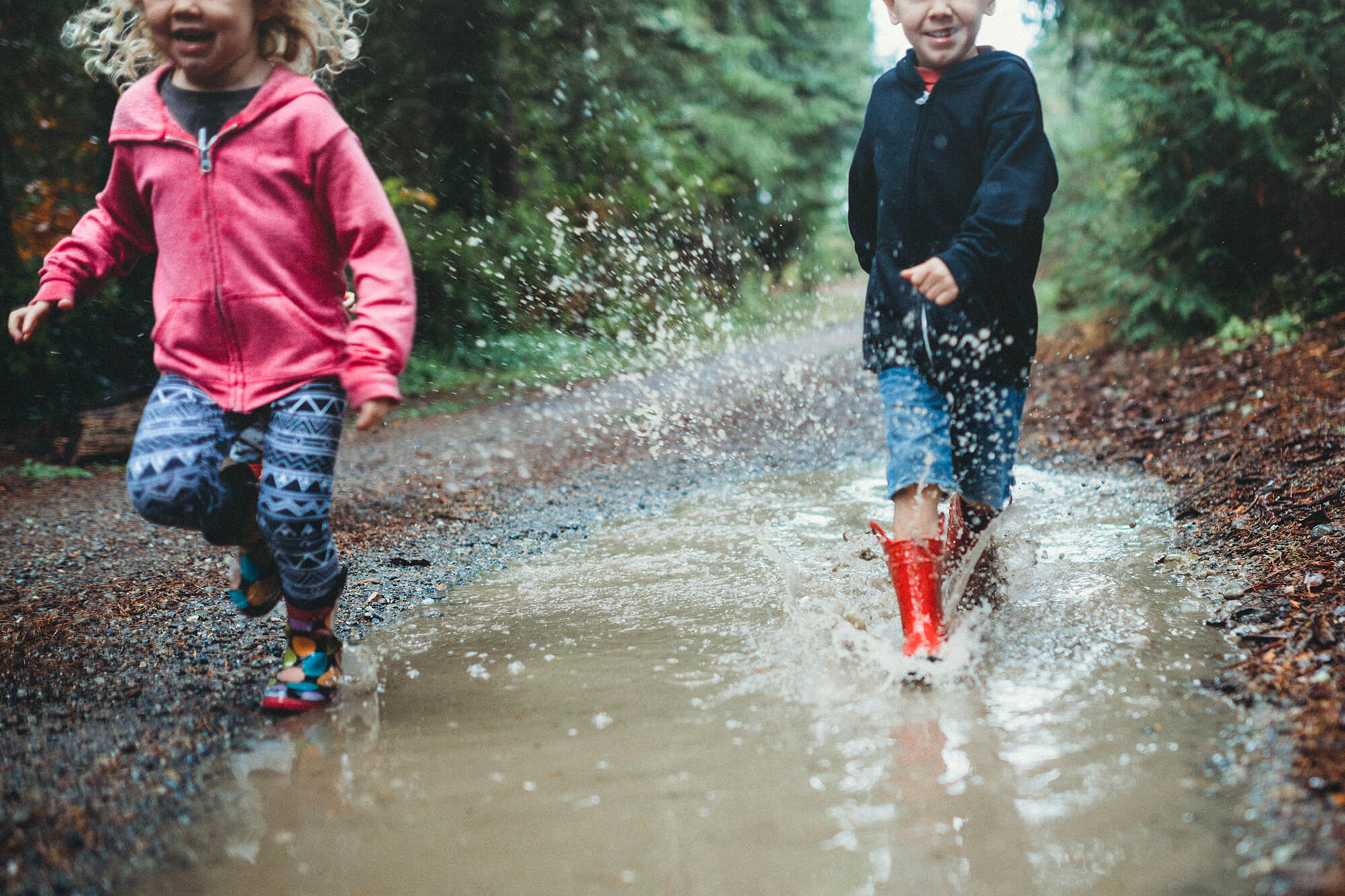
3 Comments
Submit a Comment
Nature Play Lifestyle, Jenny Leibham
Why playing in the mud is more than just fun, Hyano Moser, Nature Play QLD
Muddy Hands Report, Outdoor Classroom Day, with a foreword from Richard Louv
Mud Play Activity Guide, Tinkergarten
Spring Forward! 12 ways to make sure your kids (and you) get the right dose of Vitamin N, Richard Louv
Family Nature Play and You, Association of Zoos & Aquariums
Risk in Play & Learning, International School Grounds Alliance
-
Network News
POLICY UPDATE: Policy and advocacy for the children and nature movement
-
Voices
Binoculars, bald eagles and my journey as a Black birder
-
Richard Louv
THE WONDER BOWL: Ten Spring and Summer Nature Activities for Kids and Adults
-
Network News
Minneapolis Spotlight: The promise and possibilities of parks for youth
-
Voices
Why nature is my motherhood ally


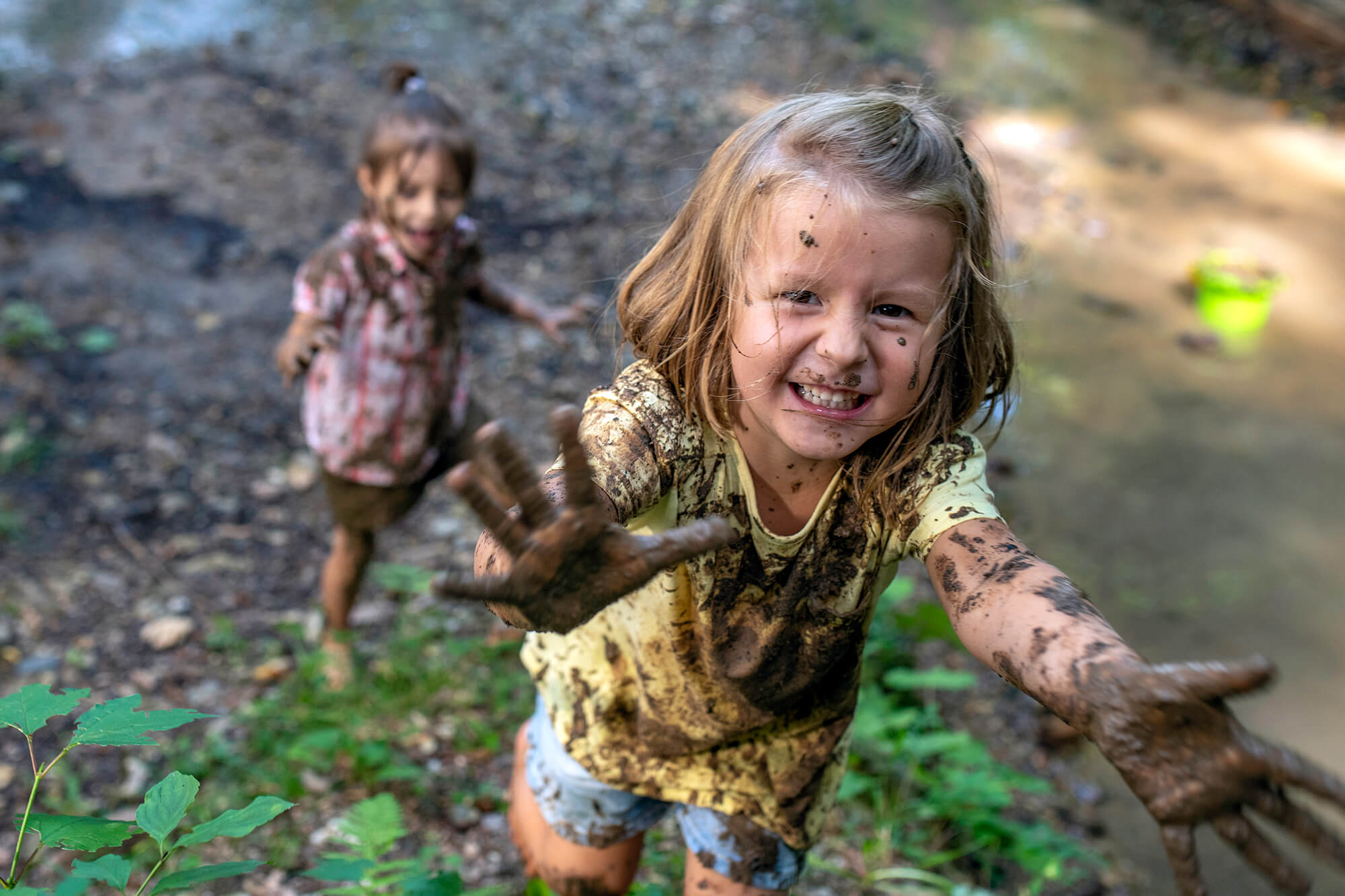

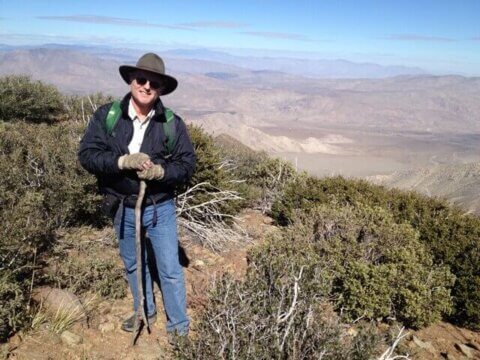
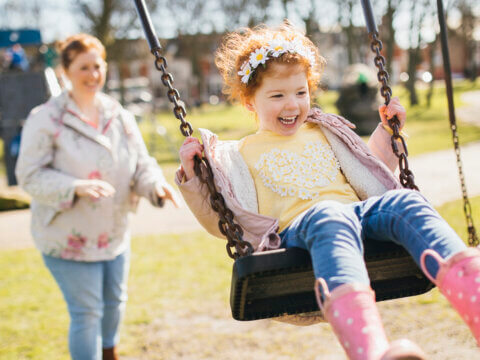
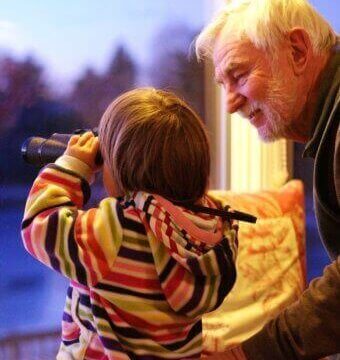
People wonder and often ask why I just happen to know certain things about the natural processes, or how I came to be a naturalist, and why I have dedicated my life to holding open the gate to the outdoors for others. From my youngest years, my parents did not have a problem with my direct connections to the plants, animals, and soil. When I was a bit older the small creek flowing out of the woods next door and through our property was where friends and I spend countless hours in unsupervised play, building dams, removing dams, catching crayfish and salamanders, and learning through a nature process of observation, questioning, and inference. A very close friend, who grew up nearby, has asked if I ever remember learning about a number of things in school, such as natural succession, the habits of common wildlife, etc. We both realized that we learned much about nature through what was often years of observation during play through our childhood and teen years.
Looks like fun!!
We agree, John. We love how this guest writer connects fun and learning in the outdoors. Thanks for your comment!